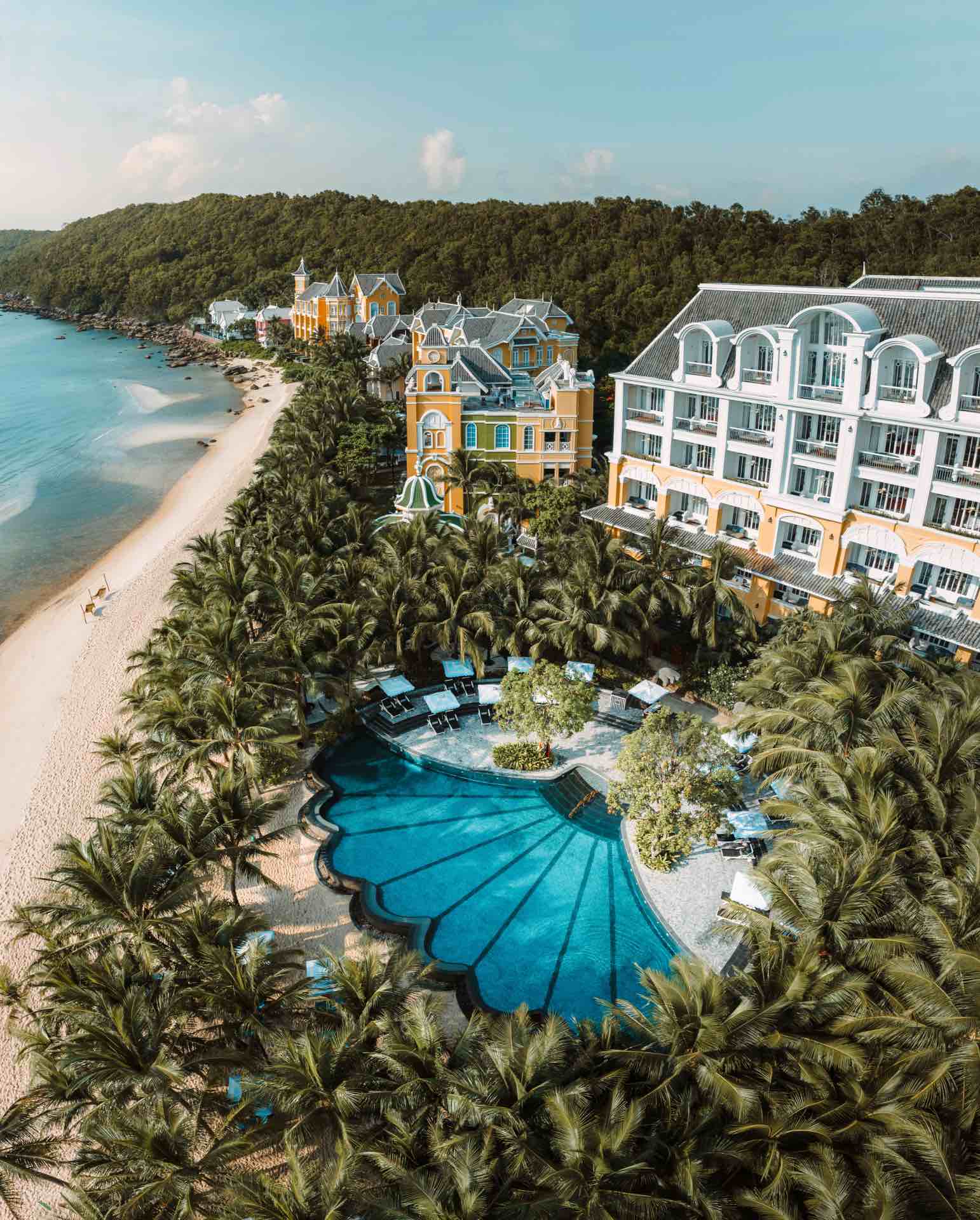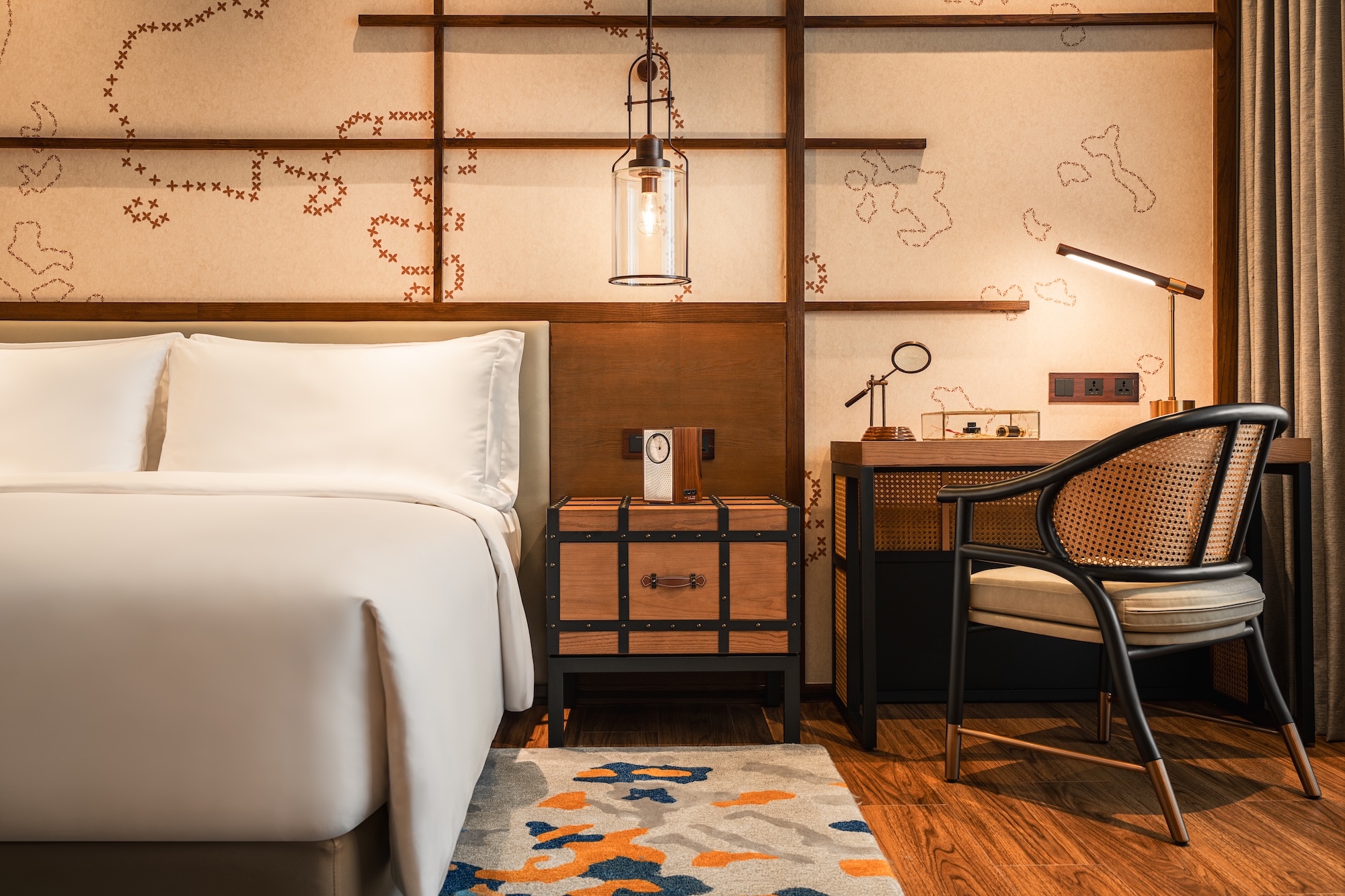Fiji is not just about Insta-worthy shots of blue water and pristine beaches. Yining He ventures into the heart of the Pacific nation to explore the untouched parts of the archipelago and discovers the true meaning of Bula.
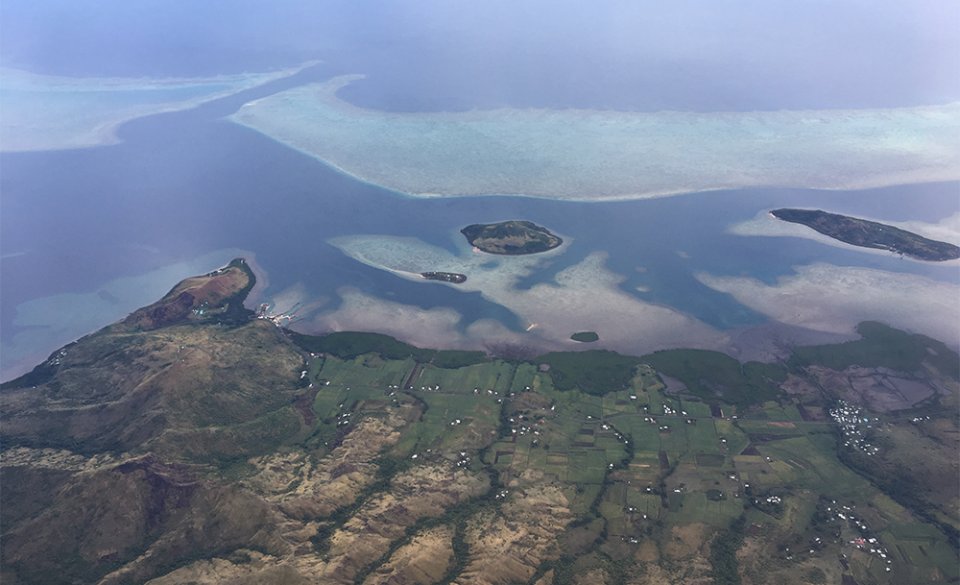
Going to Fiji is like returning home after a very long workday. In Singapore, we’re used to the daily anonymity of urban life jostling with blank faces during the morning commute. So it was initially disorienting when everyone I met in Fiji greeted me with warm, open smiles and echoes of “Bula!”
There was one night when I was waiting for dinner at my resort’s restaurant when one of the staff struck up a conversation with me. By the end of my meal, a small crowd of ladies had formed around me and I left that evening with stories of village life and an invitation to go to a nightclub in town—both of which are things I appreciate.
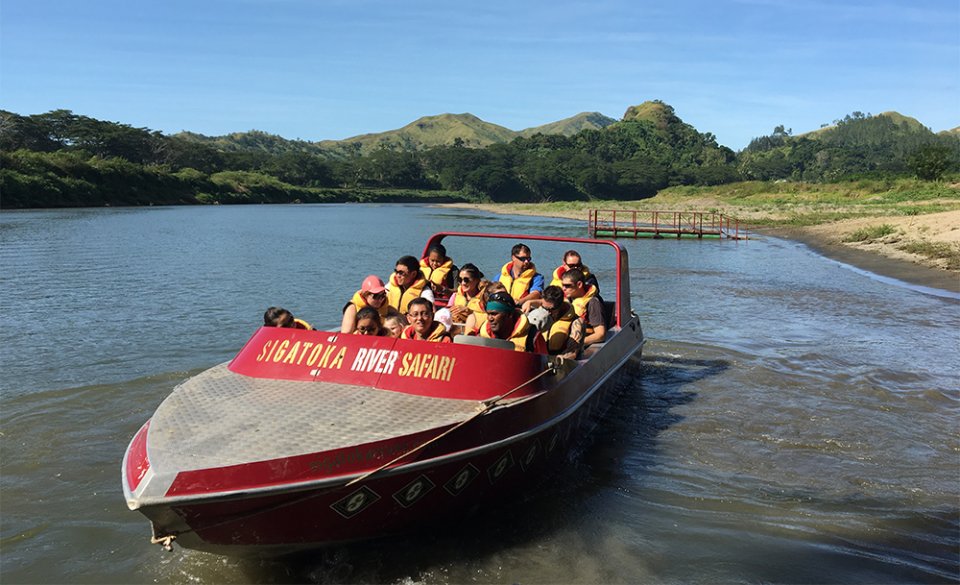
I chose to go visit a village—the nightclub shall be left for my next visit—as it must be a great way to get to know local Fijians and participate in their still-intact traditions. I headed to Sigatoka, a town situated on Fiji’s largest island of Viti Levu found 1.5 hours’ drive away from Nadi International Airport. I got there by embarking on the Sigatoka River Safari, a guided tour that brings travelers on a jet boat along the Sigatoka River to visit villages where you will dine in the homes of locals, share in their practices, and whether you’re in the mood or not, dance with the village folk (rest assured, they will get you in the dancing mood).
After a thrilling jet boat ride in which I got soaked (while being entertained by the captain’s stories about Fiji’s cannibalistic past), I arrived at Naveyago village, which also happens to be where one of the Fiji Rugby Sevens Olympic players, Semi Kunatani, grew up in.
Here, I partook in a common but significant social custom—the welcoming ceremony. With the men of the village seated in the village hall on one end, and we the guests on the other, we presented them with a sevusevu, or gift, of kava root to the village chief. The crop, found only in this part of the world, is used to produce a drink with sedating effects.
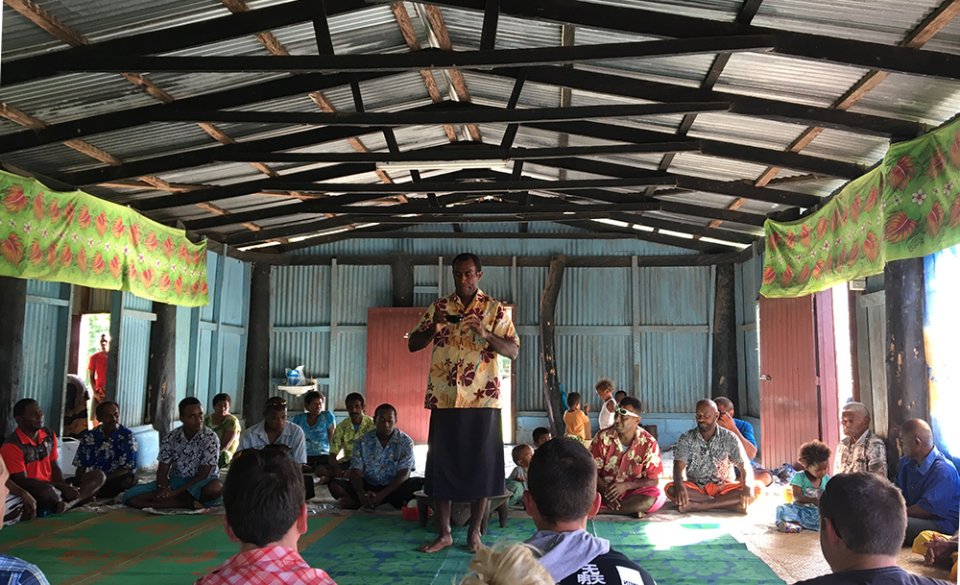
I accepted an offer of a bowl of kava drink by first saying “Bula” before clapping then drinking it in a single draught, and then saying “vinaka”, meaning ‘thanks’ in Fijian to the villager who offered me the drink. While containing no alcohol, the drink does induce a dreamy, euphoric state that feels rather pleasant. The more adventurous in my group had several more rounds of the drink.
We then headed into one of the homes. While the lodgings here are modest, they are in pristine condition thanks to the Fijians being extremely house-proud. They are also super generous with what they have and spare no expense to prepare for us copious portions of food.
But what struck me most was the music and dancing that took place after we had our meal. Song and dance are woven into the fabric of Fijian culture, and they enjoy it with a warmth and freedom that is to be envied.
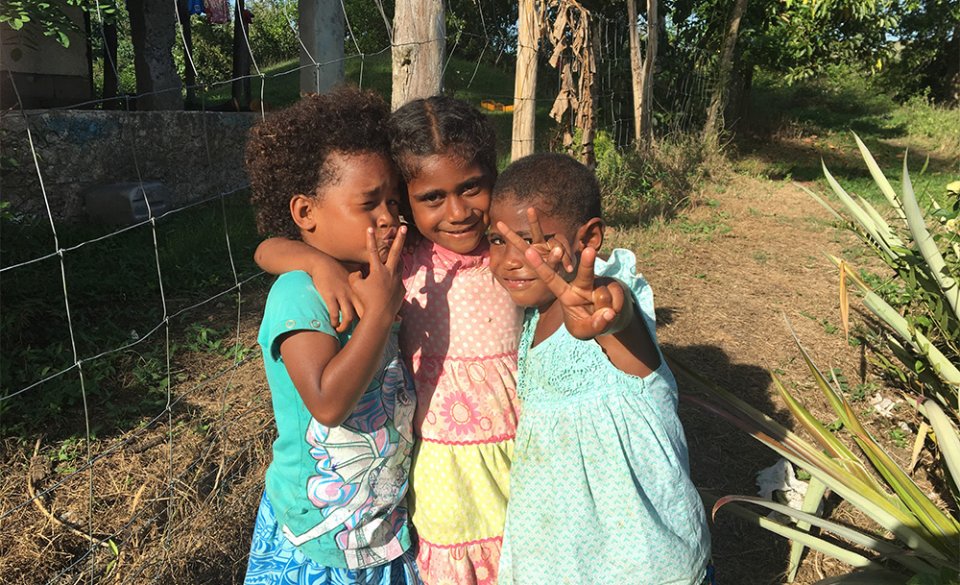
At first, I was trying to capture the pure glee and joy from the safety afforded by my camera lens when one of the Fijians pulled me into the action, refusing to let me be on the sidelines. This dancing is not a show put on for tourists; it’s part of their daily life and a genuine experience the villagers invite you to partake in.
Different people came up to me for a dance and I must have tried everything, from slow footwork to forming an exhilarating conga line. Exhausted by the end, I took the opportunity to look around the room and noticed the village musicians having the time of their lives simply making music. Many of them are self-taught.
I then noticed a Chinese tourist there on her honeymoon running around with the village kids as they clasped her hands forming a circle. Peering at the other end of the room, I also noticed a woman from the village with an Australian toddler serene and rested in her arms. For a moment there, it truly felt like the comfort I get from being home.
But all celebrations must come to an end. When the song and dance ended, the Fijians carolled their traditional hymn Nisa Lei, a farewell song also sung to me by the staff from restaurants and resorts I visited there. I couldn’t help but feel a tinge of melancholy as they sang, being reminded that the whole world’s just a mighty village and that we are all not that different after all.
How to get there
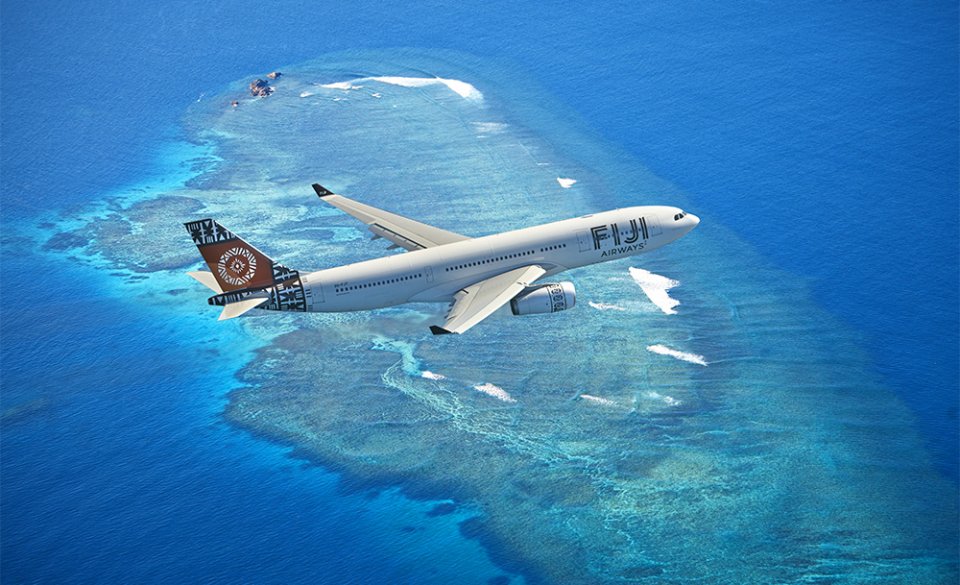
Fiji Airways flies direct from Singapore to Fiji twice a week on Wednesdays and Saturdays, offering Economy and Business Class seats. Fiji Airways is fully manned by a Fijian cabin crew.


